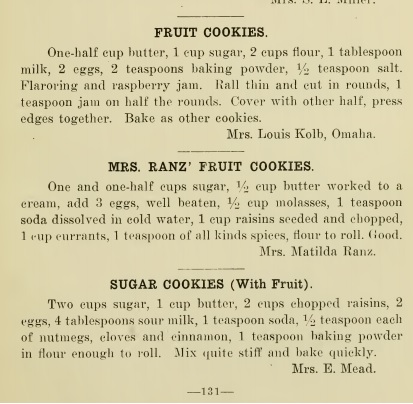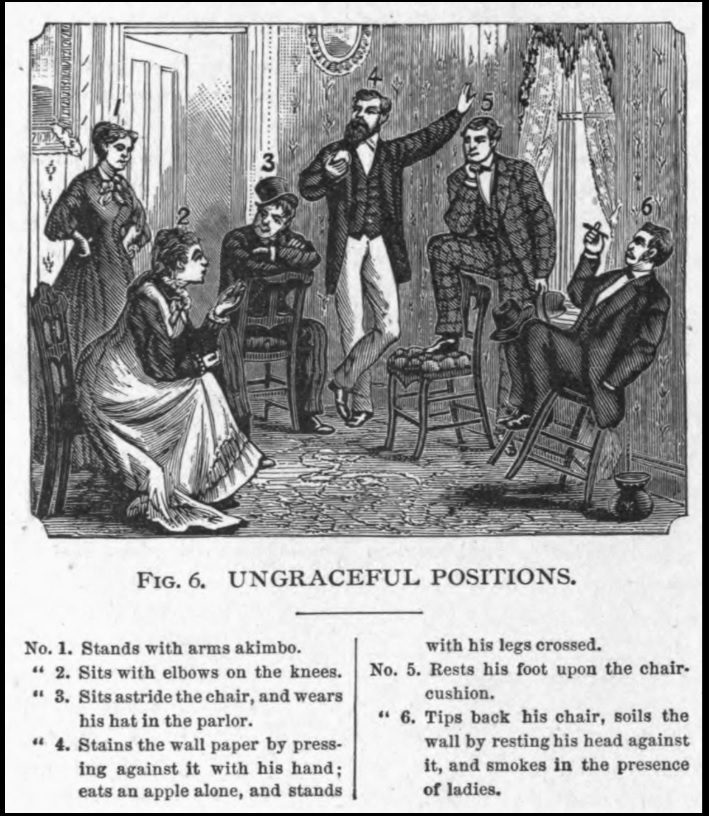Cookies can illustrate the relationship between food and politics in the classroom. A good cookie must have fat – but should the cook use oleo/margarine or butter?
Butter, the fat from milk, has been used in baking for centuries. On the other hand, margarine was just invented about 150 years ago and was one of the first successful manufactured food substitutes. Margarine (oleo is another word for margarine) is a dyed-yellow fat created to look and taste like butter. It was first developed in France in 1869 as a cheap and durable wartime fat that could substitute for dairy butter.
In the late 1800s, the American meat industry began turning waste animal fat into this profitable product. But dairy farmers protested margarine advertising that claimed margarine was as wholesome as butter and led customers to think they were buying butter. Several states banned the yellow color added to margarine, believing if the product was not dyed to resemble butter, consumers wouldn’t be fooled.
The Politics: The Manufactured Food Industry VS the Dairy Industry

The butter versus margarine debate soon reached Congress. In 1885, Wisconsin congressman Robert La Follette protested the sale of margarine products in the interest of his Wisconsin dairy farming constituents. In 1886, Congress passed the Margarine Act, which imposed a tax of 2 cents per pound on margarine and levied steep annual fees for licenses on manufacturers, wholesalers, and retailers of the product. In 1902, Congress increased the tax on dyed-yellow margarine to 10 cents per pound while decreasing the licensing fee for white, undyed margarine. Consumers could buy yellow dye capsules to knead into the cheaper white margarine to give the product buttery-yellow color. By 1947, selling yellow margarine was illegal in twenty-two states.
In 1950, President Harry Truman signed the Margarine Act of 1950, ending the federal tax on margarine. Until then, twice as much butter was sold in the United States. During the 1960s, this trend was reversed. Wisconsin became the last state to repeal its anti-margarine regulations in 1967. Today, most margarines are made with vegetable fats instead of animal fats.
Food History In the Classroom

Students often assume the only purpose of food regulation is to protect the health of consumers. The most popular primary source used in the classroom, Upton Sinclair’s The Jungle, and lessons on famous Progressive reform law, the Pure Food and Drug Act of 1906, usually concentrate on consumer safety. But government regulation of the food industry is a balancing act between the needs of consumers and the goals of powerful food industries. Explore how the lobbying power of food industries have impacted food legislation, such as the Margarine Act of 1886, and compare to similar food legislation today.
For more information about food as a theme in the classroom
Learn more about using food history, recipes, and cookbooks as classroom primary sources from Investigating Family, Food, and Housing Themes in Social Studies




I could use this in my classroom to teach math because the recipes have fractions in them. I think it is something that would really interest students. For example, you may have time to talk about different recipes that their families make or if any of their families make fruit cookies.